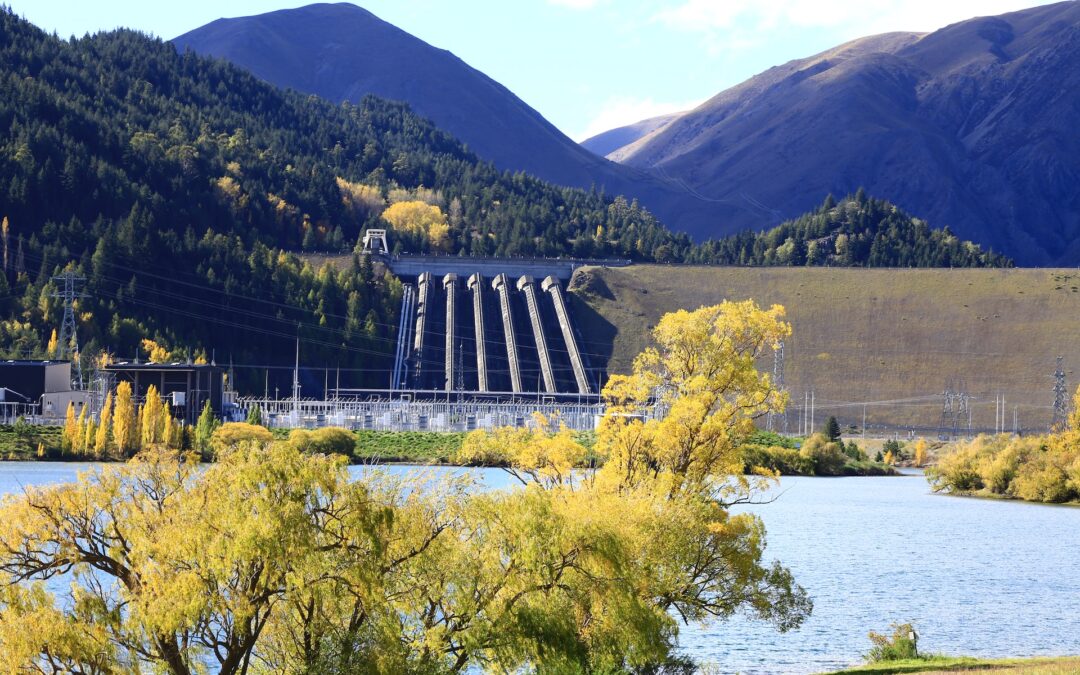Recently a new electrical project for using hydro power has taken into action. A big hydro power station was constructed near the Columbia River. However, this project was confronted with discontent form tribes and environmentalists. It is said that Electrical power comparable to what can be made by an atomic reactor would be produced by sending water to and fro between two repositories. Now let’s see the detailed information in the below article.
Table of content
The pumped storage project in Washington to meet power needs
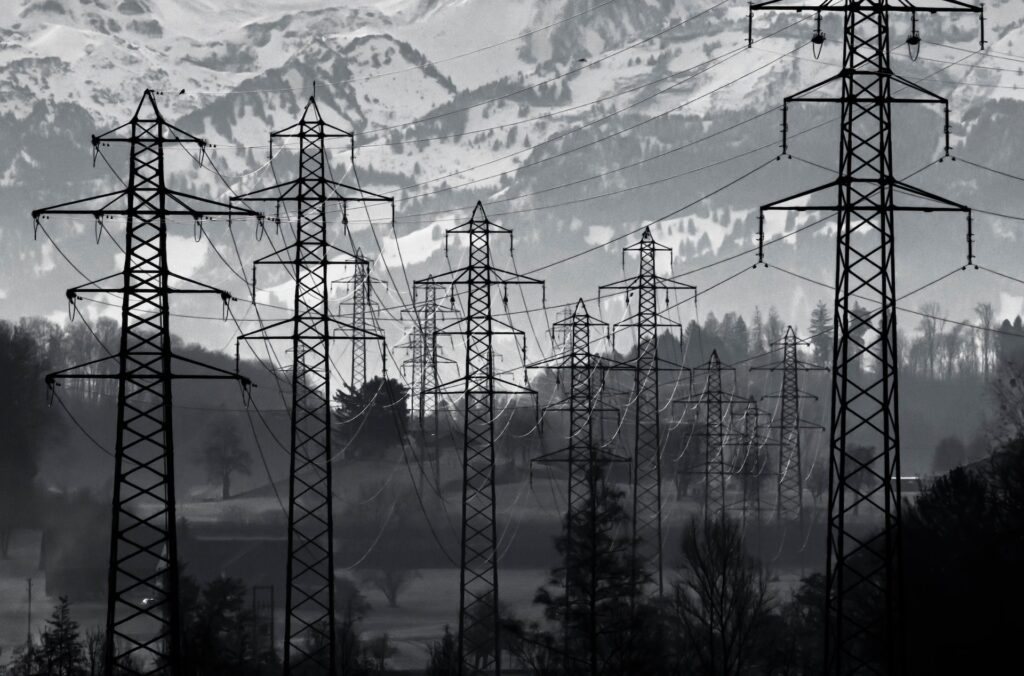
The project is also called as “pumped storage”, working in much the same way to a hydroelectric dam without killing salmon or keeping them from their producing grounds.
It would be settled between two lines of wind turbines and, while the thought might be earth promising, the proposed area of the task is getting pushback. The Yakama Indian Nation considers the site hallowed and the clan needs to safeguard it.
Rye Development of Boston is wanting to assemble Washington’s previously siphoned capacity project for $2 billion in southern Klickitat County close to the John Day Dam and having it in activity somewhere in the range of 2028 and 2030.
The undertaking would incorporate two lined 600-section of land water repositories that are 60 feet down and isolated by 2,100 feet in rise. One supply would be on the waterway shore and the other at the highest point of a bluff. An underground line would interface the two supplies with an underground power producing station along the channel. Water would move from the upper supply to the lower one to drive the four-turbine generator station and afterward would be siphoned back up to the upper repository in a shut circle framework.
How does the pumped storage work?
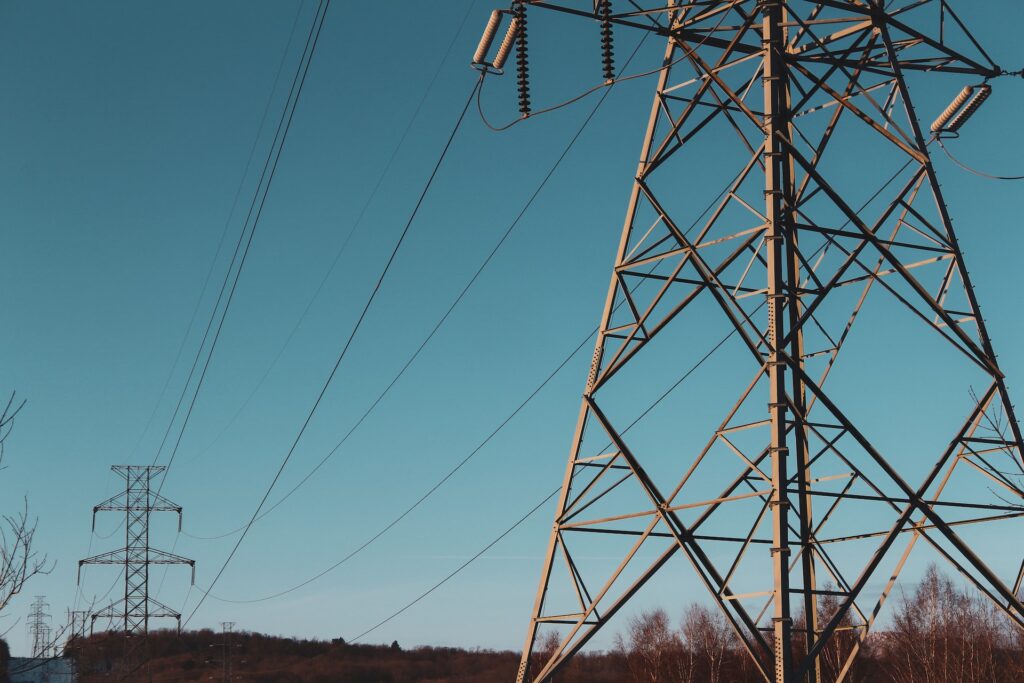
The task should produce 1,200 megawatts of force, equipped for giving power to around 500,000 homes, said Erik Steimle, Rye’s VP of improvement. The Columbia Generating Station reactor close to Richland gives 1,250 MW. The John Days Dam produces 2,160 MW.
Steimle battles that this siphoned stockpiling venture’s power creation would rise to 7,000 sections of land of wind turbines or 50,000 sections of land of sun based power producing boards. Rye Development would purchase its water from the Klickitat County Public Utility District.
A siphoned stockpiling activity supplements wind turbines and sun oriented ranches, since its result can be put away to give power on shady days and windless days, Steimle said.
The origin of the idea pumped storage?
The world’s originally siphoned capacity hydroelectric task went online in 1907 in Switzerland. The principal such venture in the United States was underlying 1929 in Connecticut. Today, the U.S. has 42 siphoned stockpiling hydropower locales creating approximately 29,000 MW of power, somewhat over 2% of the country’s power, as indicated by a 2018 report by the National Hydropower Association.
53 different tasks adding up to right around 26,000 megawatts are in different phases of acquiring government, state and neighborhood licenses. It takes a siphoned stockpiling project three to five years to get every one of the proper grants, the 2018 report said.
The two biggest siphoned stockpiling tasks in the U.S. are a 3,000 megawatt site in Virginia and a 1,862 megawatt site in Michigan. Switzerland, Austria, Portugal and Japan are the main nations in utilizing siphoned capacity.
The implementation of the project
The Klickitat County project is on confidential land that Rye Development leases from NSC Smelter, which possesses the Columbia Gorge Aluminum smelter site one mile upstream from the John Day Dam before the smelter was destroyed.
The land is inside an enormous strip in southern Klickitat County that the province has drafted for environmentally friendly power projects. The region has 10 breeze turbine projects working or being built in the space today, adding up to 602 individual turbines, generally on confidential land. A 150 MW sunlight based charger power age ranch likewise is under development, while a 100 MW sunlight powered charger ranch is going through the allowing system, said Dave McClure, the province’s overseer of financial turn of events.
While the task isn’t on Yakama reservation land, it is on property utilized for consecrated services and has a verifiable association with the clan. The task region incorporates a longhouse, an old town site and other hallowed locales. Starting around 1855, the clan has settlement freedoms to fish and chase nearby, as well as the option to safeguard cemetery and strict locales across a tremendous region in south focal and southeastern Washington.
The disagreement from tribes and environmentalists
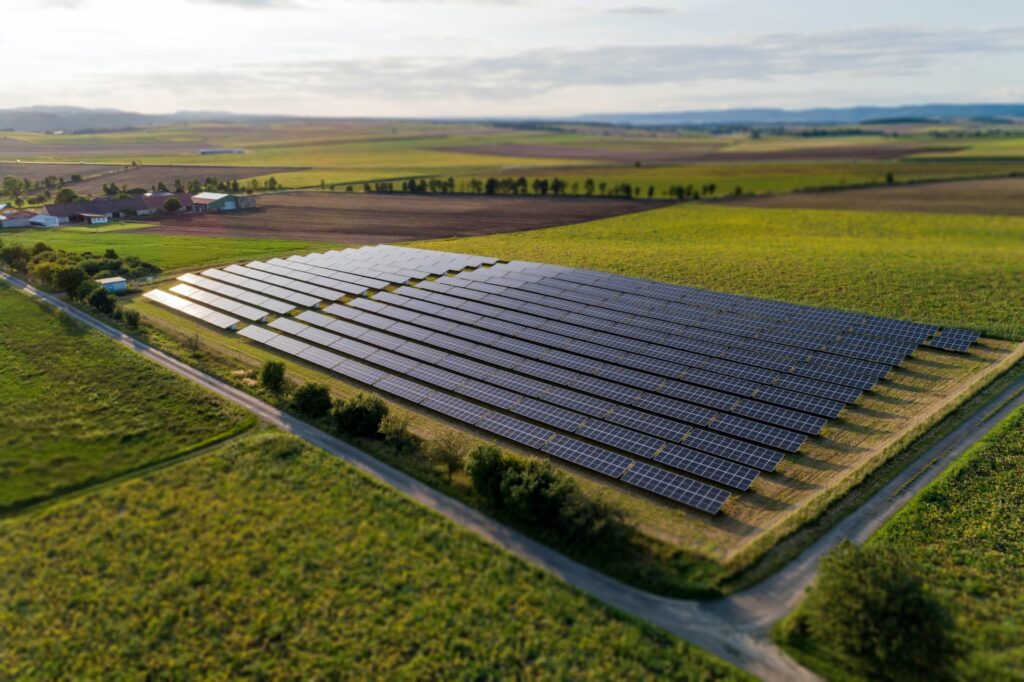
In spite of the fact that Yakama ancestral pioneers didn’t answer a few Crosscut telephone messages and messages mentioning a meeting, the clan has communicated its resistance to the venture in alternate ways.
In an Oct. 6 public statement from the Yakama Nation, ancestral pioneers made sense of that this region is referred to ancestral individuals the as “Pushpum,” a holy site for services, legends and the social event of conventional roots and medication for some ages, George Selam, ancestral gathering social panel seat, said in the news discharge.
“For ages, local utility framework has been created in the Yakama Nation’s deal an area, impacting standard fishing destinations, flooding customary towns, and leaking radioactive contamination (from Hanford) into means and restorative root fields” said Yakama Tribal Councilman Jeremy Takala, in the delivery.
Ancestral Council Vice Chairman Virgil Lewis said he expects that in the following ten years the Pacific Northwest will be compelled by the energy business to permit more foundation advancement.
“This new innovation should be grown morally without obliterating the social assets and get-together locales that are important for the Yakama lifestyle,” Lewis said.
Columbia Riverkeeper, the Washington part of the Sierra Club, American Rivers and the Washington Environmental Council have joined the Yakamas in restricting the undertaking. An alliance of 15 ecological gatherings composed a letter to state chose authorities in Washington and Oregon to go against the task.
“The greenwashing closes today,” expressed Simone Anter, staff lawyer for Columbia Riverkeeper. “Rye’s proposition would devastatingly affect Tribal Nations and Indigenous individuals. The venture additionally compromises neighborhood untamed life like bare and brilliant falcons. We are approaching Northwest initiative to respect Tribal Nations’ deal freedoms and go against this foolhardy endeavor.”
As of late, the Yakama Nation has voiced concerns all the more every now and again about environmentally friendly power projects appearing on surrendered lands in Klickitat County, McClure said.
Steimle said Rye Development needs to work intimately with the Yakama Nation and needs to regard its qualities. The organization and the Yakamas have started conversations on the point.
Rye Development is the principal organization to seek after the siphoned stockpiling idea in the Pacific Northwest. Other than the Klickitat County project, Rye Development is fostering a comparative 400 megawatt siphoned capacity project at Swan Lake in southern Oregon. That $800 million venture is booked to go online in 2026.
The Klickitat and Swan Lake projects are Rye Development’s initial endeavors into siphoned capacity. The organization has 22 ventures east of the Mississippi River that include changing over nonpowered dams into hydroelectric dams.
The Klickitat project is partially through a state Environmental Policy Act survey and is progressing toward a Federal Energy Regulatory Commission license. In June, the Washington Department of Ecology dismissed Rye Development’s application for a water quality license because of lacking data. In any case, the state is permitting the organization to resubmit the application.
The ecological obstacles faced in pushing forward the project
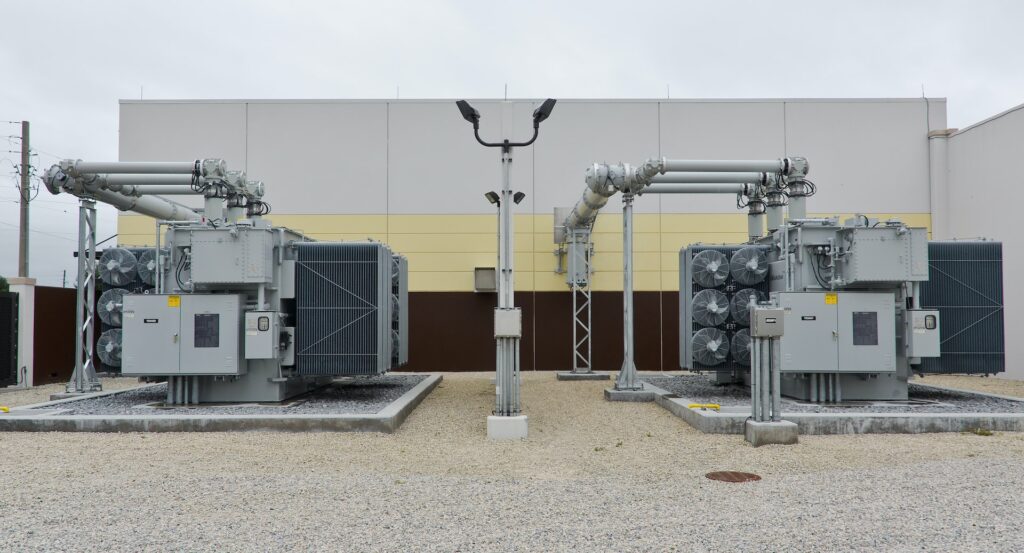
One is the previous aluminum smelter at the lower supply site that different organizations worked from 1969 to 2003. Smelter activities sullied the site’s dirt and groundwater with fluoride, polycyclic sweet-smelling hydrocarbons, cyanide and polychlorinated biphenyls. Rye’s advancement plans would manage that contamination, which Steimle expects will cost about $10 million.
The subsequent obstacle is noted by the Washington Department of Fish and Wildlife in its remarks on Rye Development’s state license application. Brilliant and bald eagles fly about in Klickitat County. The natural life office’s recorded remark said the upper repository would draw in parched falcons into an area loaded up with wind turbines with turning edges that could demonstrate deadly to certain birds.

